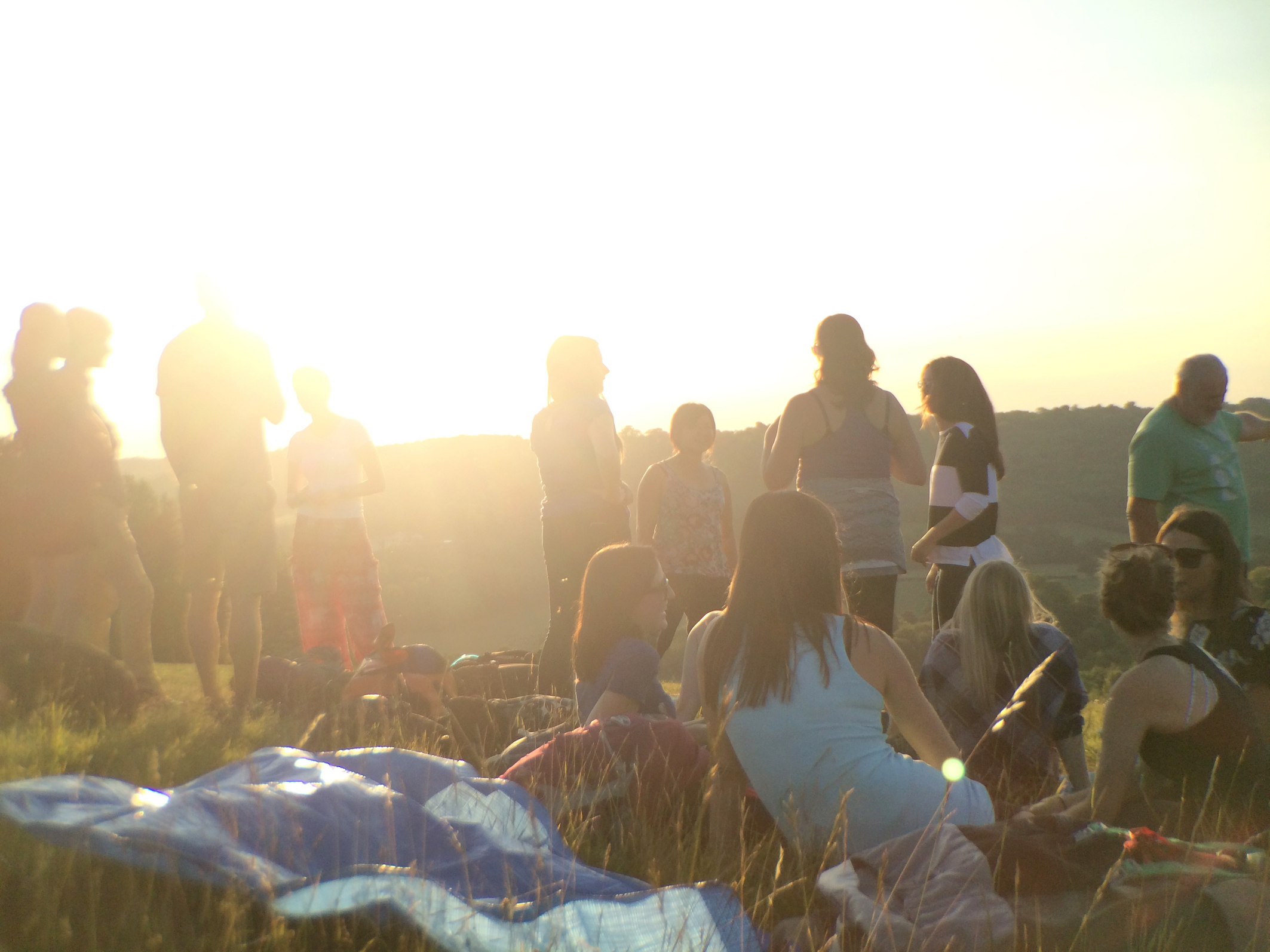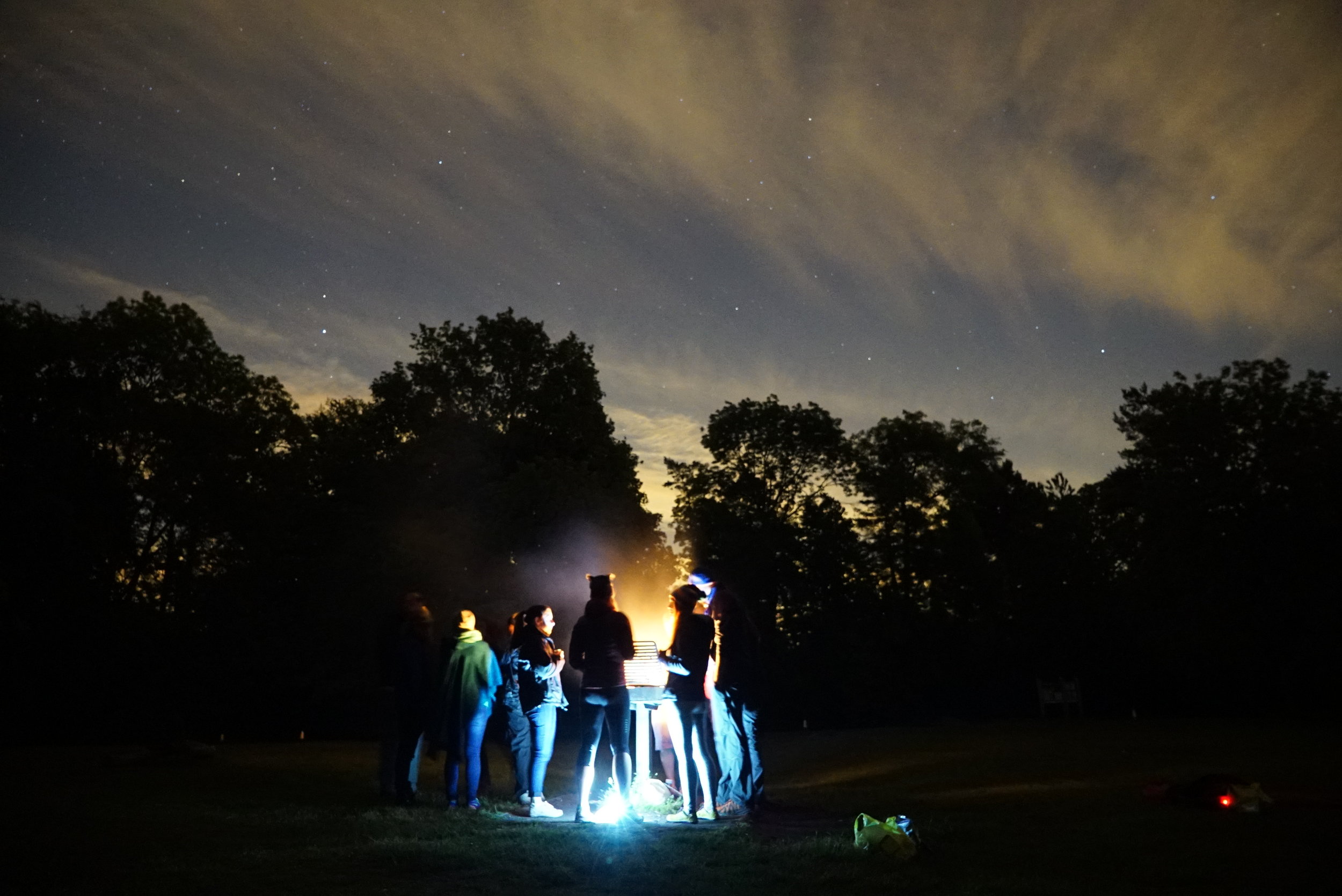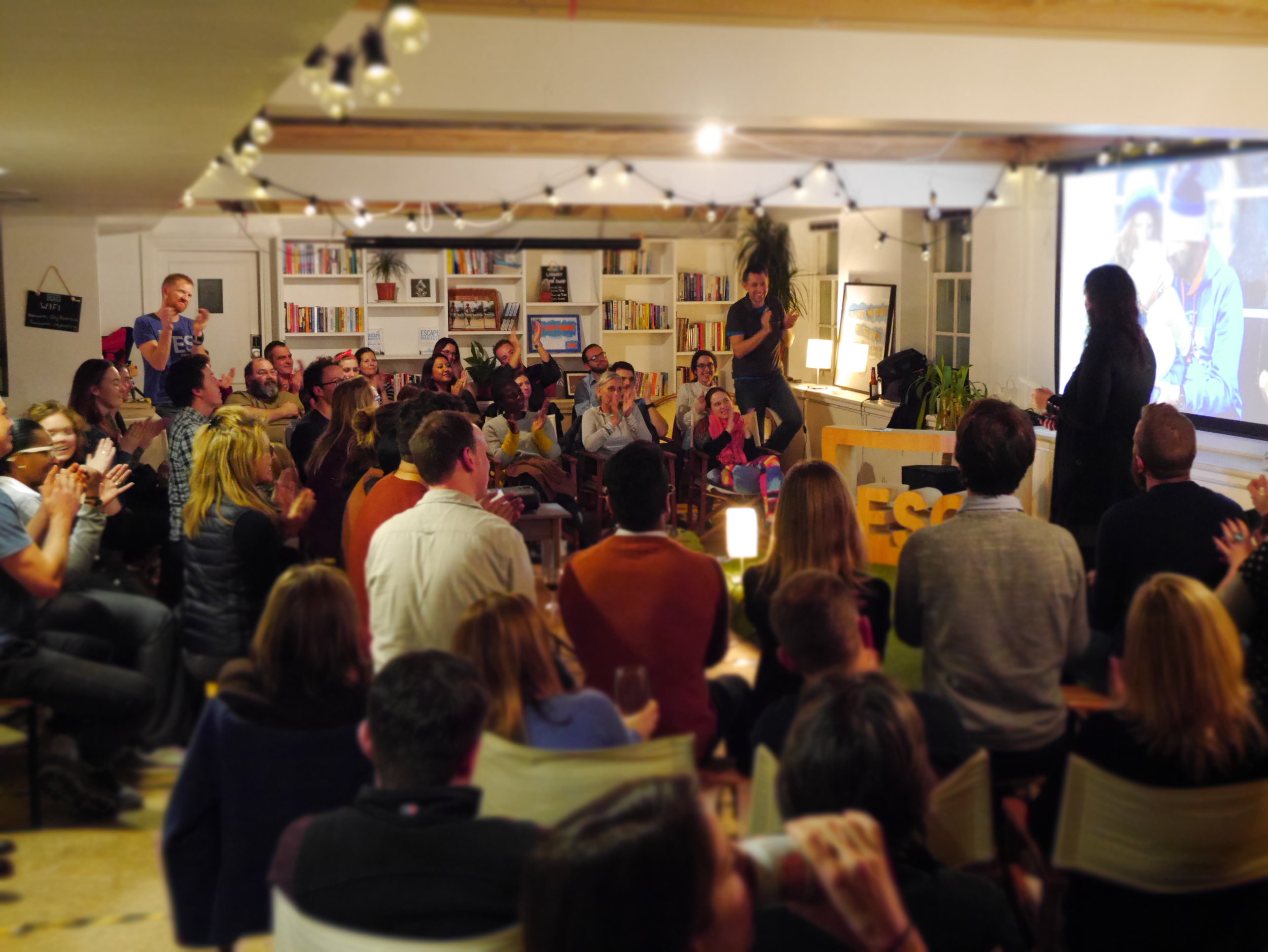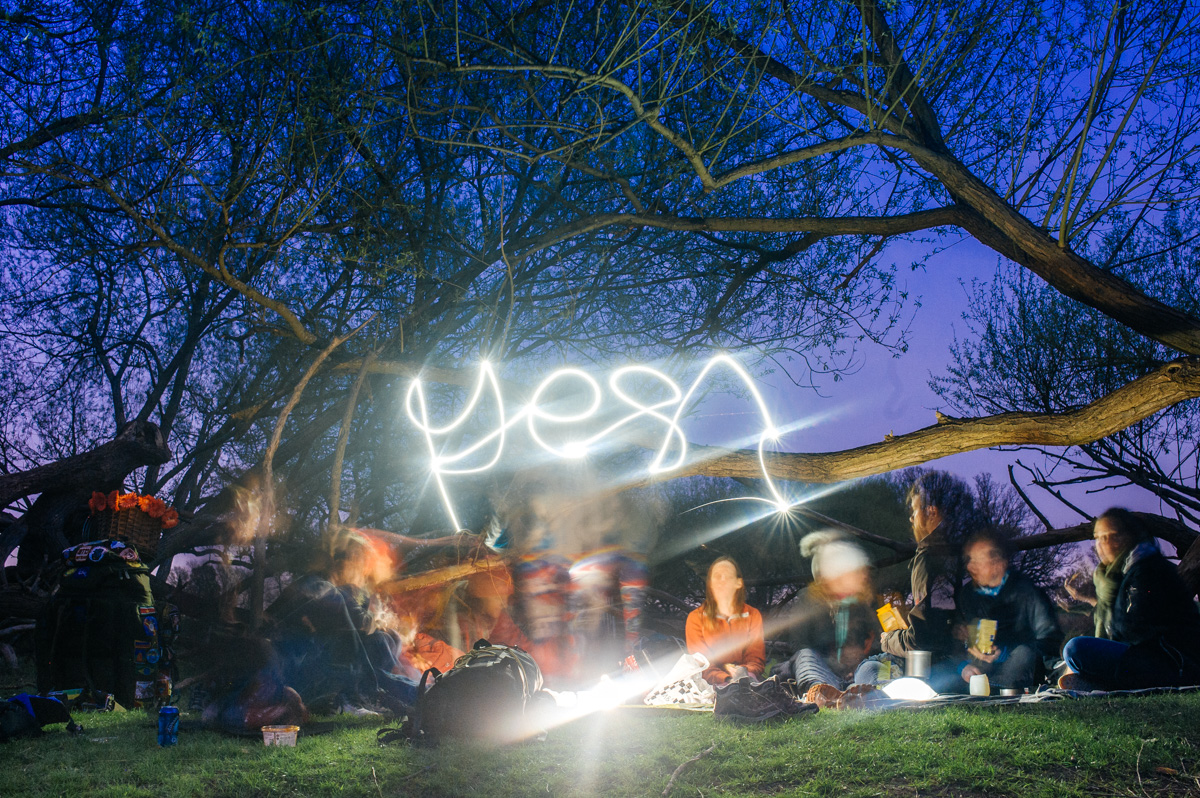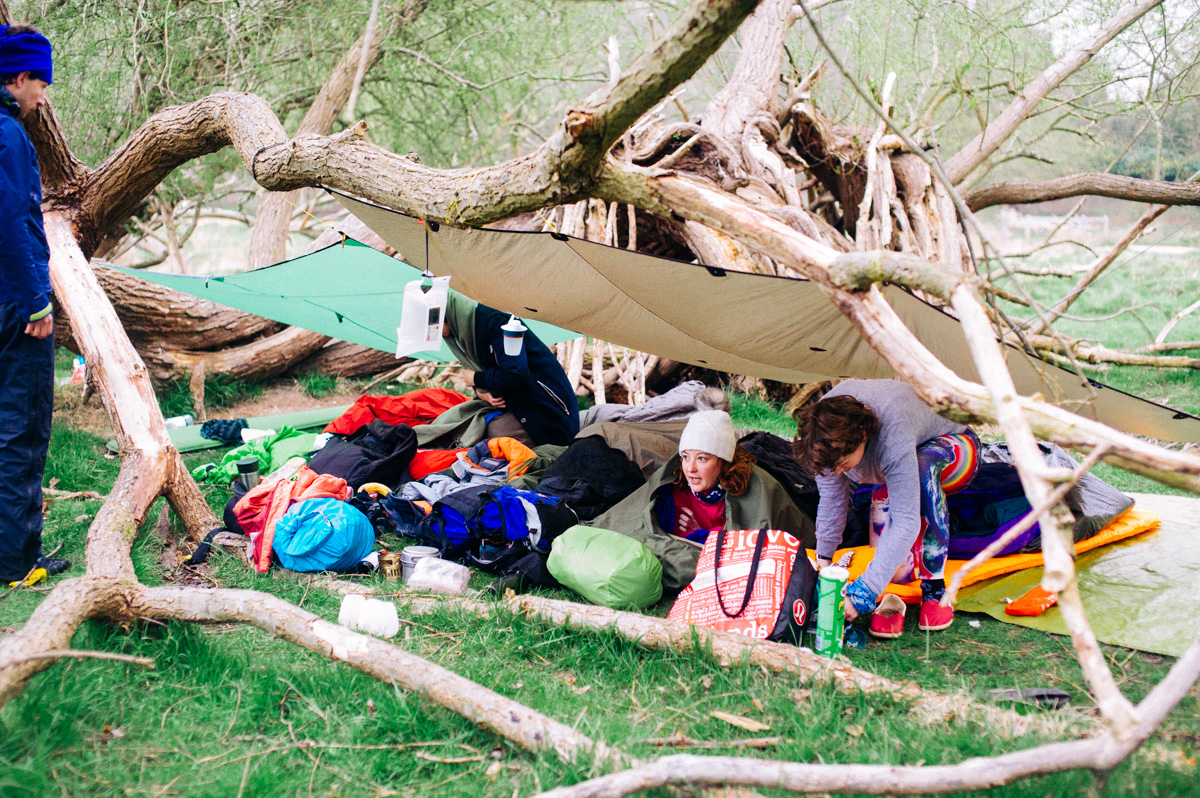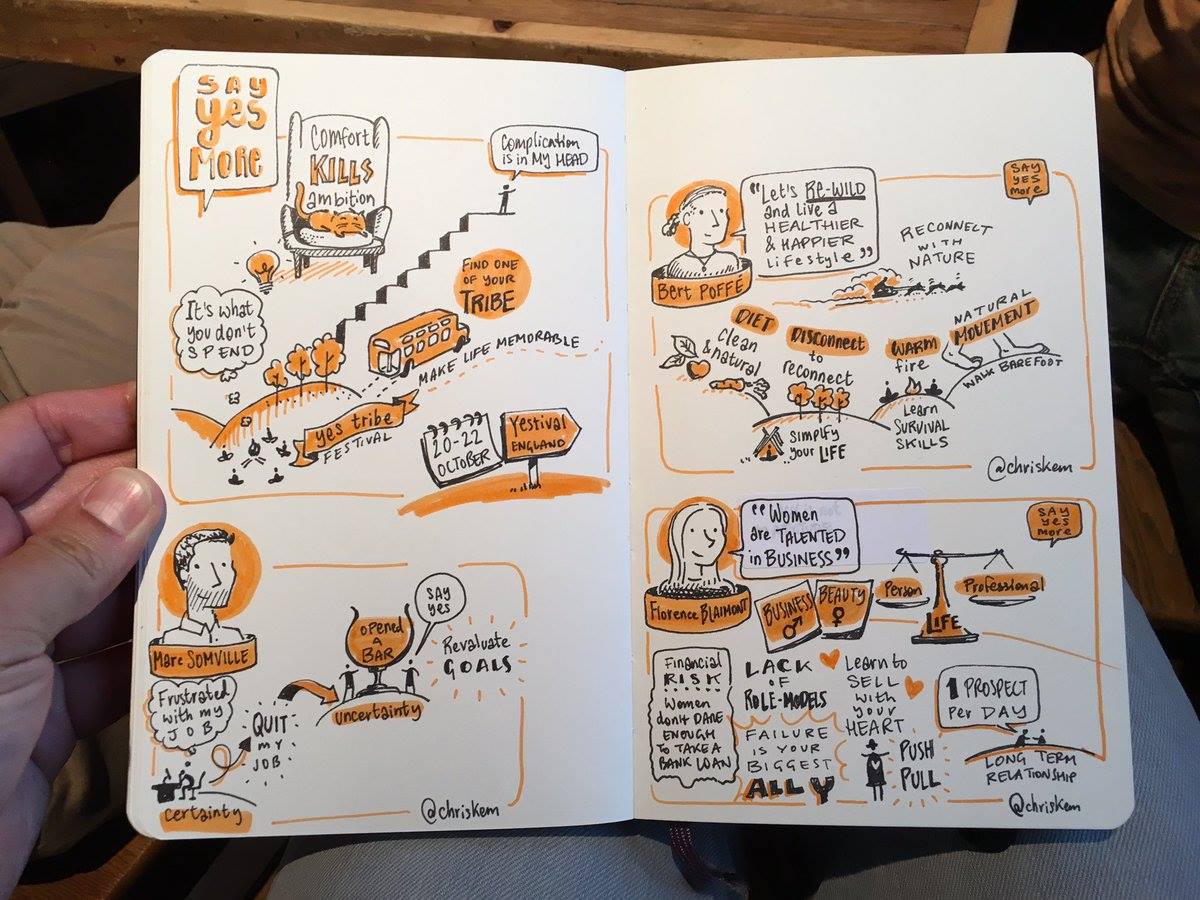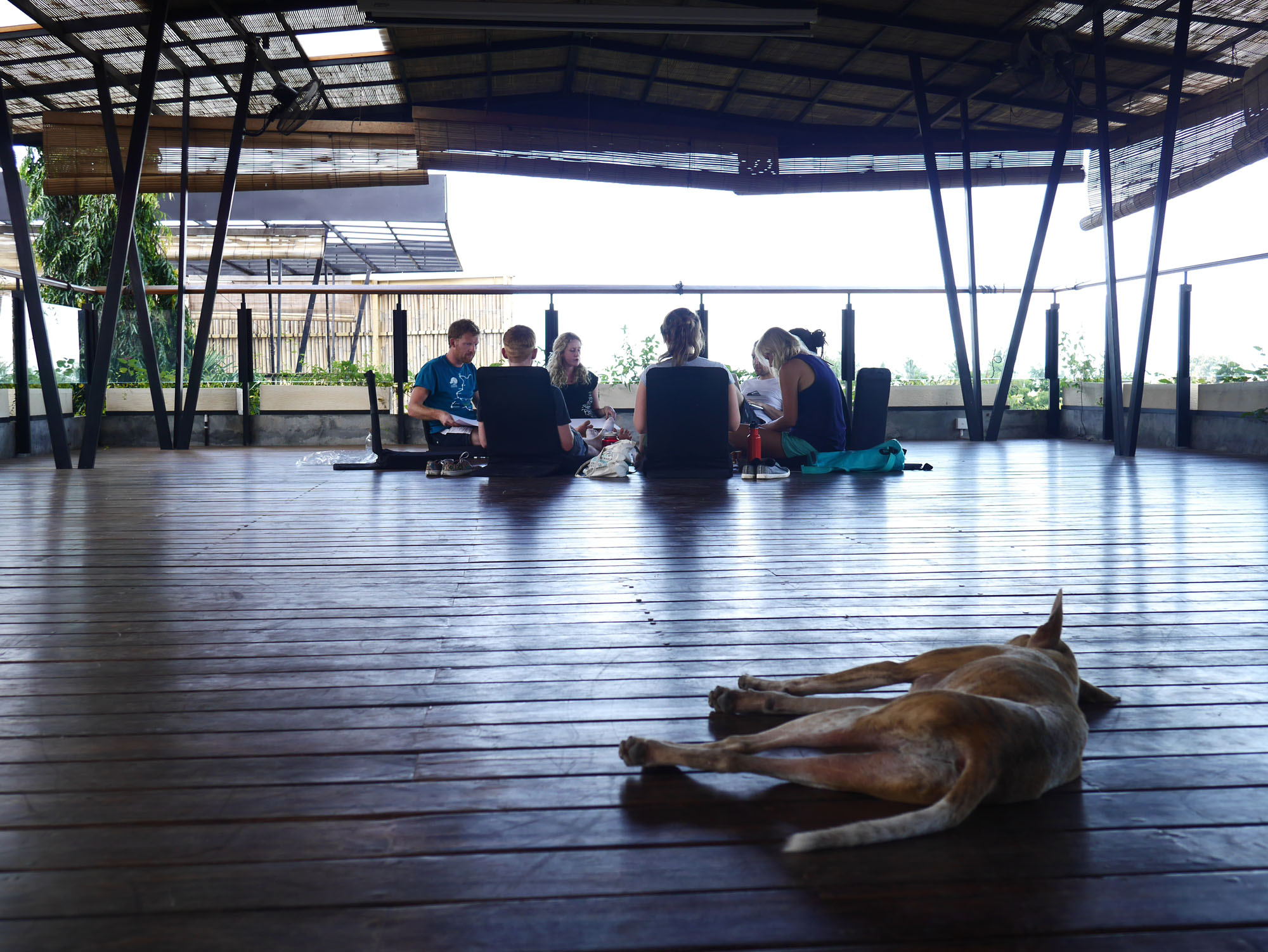Quite often it starts with a question:
”Is there a YesTribe in my region?”
And if the answer is no, we reply with another question:
”How would you like to set one up?”
Leading a YesTribe community has the potential to be incredibly rewarding at the same time as helping you develop skills which are generally handy in life! Organisation, event hosting, photography and filmmaking, and finally understanding how this Facebook thing works…
And, it doesn't have to be a full-time commitment, the YesTribe exists to expand horizons and make magic happen for people so it can fit in around your life and not be a burden.
We’re always aiming to have at least two or three leaders per region, so even if you start things up on your own it won’t be long before you find support.
We aim to bring together all regional tribe and event leaders at least twice a year, so you’ll feel like part of the family. And we’ll also keep up regular communication via our team group on Facebook, we're always on hand to help you with ideas and encouragement.
To help you get started this guide is all about how to set up a YesTribe, covering creating a group and getting your first events up and running.
Aims of a local YesTribe:
To provide a safe space and a supportive, welcoming community in your area.
Organise regular events and gatherings so your community has the ability to grow offline as well as online..
Share opportunities from your local area and further afield.
Steps to setting up a YesTribe
First of all, read what expectations we have of our Tribe leaders, and if you feel that’s reasonable, then…
Let us know that you'd like to lead a local tribe, by emailing hello@sayyesmore.com
We'll set up a video call or chat over email so we can say hi and get to know each other before you kick things off
Ensure you have liked the SayYesMore page and joined The YesTribe on Facebook. Then we will set up your Tribe's Facebook group (if one doesn’t already exist) and add you as an admin of the page.
There are a few boring fields to fill in and bits and bobs to do to get your group working properly. Here’s a guide to this stuff.
Set the rules for your group, to make sure it doesn’t become a mad heap of bad language and ebay sales!
Add a welcome message to the top of the group to introduce yourself and encourage new members to post on the group.
It’s time to start inviting members. Friends who have a positive outlook are a good place to start. Share your tribe through your own channels, tag anyone you think might be interested in making their lives a little brighter and share this video to show a bit more what the YesTribe is all about.
Share your group on The YesTribe group, make sure you add a friendly message, mention which geographical areas your group covers, introduce yourself and invite people in those areas to join and say hi.
Organise your first event! This could be a simple gathering in a park or cafe to meet your founding members and chat about what kind of events you could do as a group. A campout, YesStories style event, a Little Cup of Adventure or something else - let us know your ideas and we can help.
Keep an eye on your online group and organise as many events as you can. The more you put in, the more you’ll get out!
Enjoy the process of getting people together and watching your tribe grow. Along the way, if you hit any hurdles or need support, please let us know!
Thank YOU!
It can sound daunting to set up a YesTribe by yourself so why not ask a friend to run the tribe together or chat to us and we can help find a tribe member local to you who can pitch in :)
Downloadable Resources
What does a group Admin do?
Being an admin allows you to approve members and posts, as well as changing details on the group and other stuff, which is exciting if you're nerdy like me! We have this step between people asking to join the group and actually becoming members so as a leader you can see who's joining and their reasons, and also to maintain the kind, no politics, no trolling culture.


